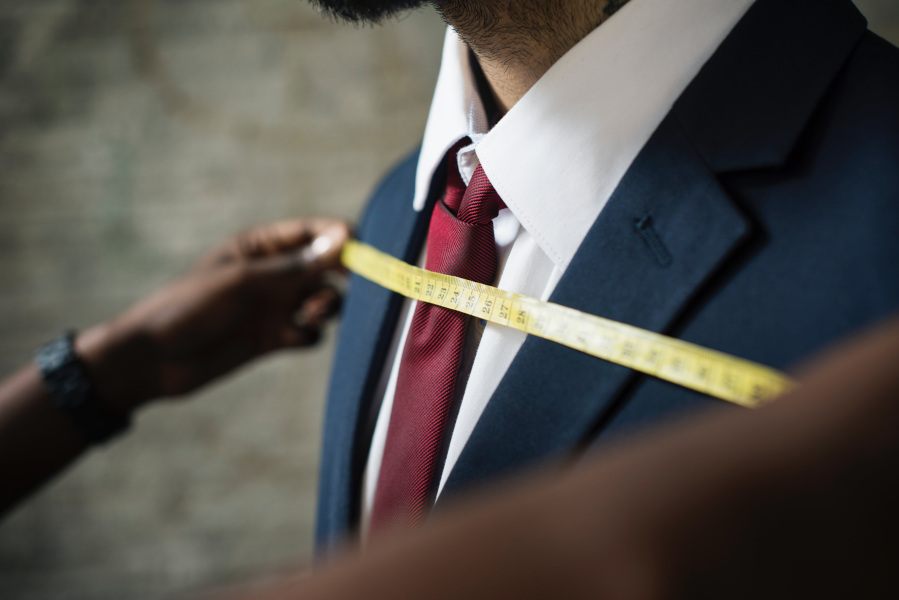Customised fashion for the ‘me-generation’
How do fashion brands serve customers who want personalised products designed with their input and ideas, and then are fulfilled in a way special and unique to that individual?
There are no simple answers, of course, but it is a dilemma facing many of those operating in the luxury fashion space, as they come to terms with the rise of the ‘me-generation’: those who are looking to retailers and companies to help support the development of their own personal brand.
Who are the me-generation?
Retailers and brands should never narrow their business proposition to focus on emerging customer demographics and them alone, but it is crucial that they keep tabs on new consumer behaviours and trends, especially when operating in the fashion space which can be faddy and is always fast moving.
A lot has been made of “millennials” – those born between the early 1980s and mid-1990s who have effectively grown up in a digital age and typically expect good tech-led customer service in their interactions with brands. It is because they display so many different shopper tendencies to other generations that they need special attention
But it is perhaps an offshoot of this demographic which is filtering into the next generation of shoppers born at the turn of the millennium that could be even more influential.
Those in this group live their lives on their mobile phones, telling their stories via Instagram photographs, Facebook location updates and a relentless chain of selfie images depicting their location, mood, and current activities.
In a fashion sense, they’ll want items designed to their specification, which can be presented as part of one individual’s ever-evolving online profile.
Retailers and brands must learn how to manage this all-about-me attitude among consumers, and their challenge is perhaps best represented in recent research from Barclaycard, which found that almost one in ten shoppers in the UK admit they have purchased clothes online to wear once. The sole reason for their order is to post a photograph to social media of them wearing the item before returning their purchases to the retailer.
Some 15% of men also admitted to wearing clothes with the price tags on in case they want to return them, while 11% of women said the same. It’s a new type of image-conscious shopper that brands and retailers are dealing with, here, and it’s resulting in some fresh operating models.
How are brands responding?
Be it John Lewis’s newly-opened department stores or Oliver Bonas’s changing room facilities, there are multiple examples of brands creating so-called ‘Instagrammable moments’ in their shops. Visual merchandising and shop space is being set aside solely for the purpose of enticing a me-generation shopper to take a quick picture on their phones and share it on their personal social media feeds.
There is a personalisation push associated with this demographic in fashion, with products now being designed with consumers’ names embroidered on them, or – in the case of J Crew – shoppers are being polled on Instagram to see which items should make their way to the manufacturing stage. That latter point is a prime example of a shift towards a demand-led supply chain operating model.
Italian luxury fashion house Fendi, as another personalisation example, promises customers “a personalised process from start to finish” and encourages shoppers to buy “made to order” bags by working closely with its artisans during the manufacturing process. It’s just one showcase of how shoppers can take more control of the composition of the luxury items they are buying.
Research from Euromonitor International, displayed in its Global Consumer Trends White Paper, indicates that while there is a lot of personalisation of mass-produced items, high-end personalisation is also growing significantly due to demand for “experiential luxury”. It identifies the shift in consuming mindset “from having to being”, which suggests personalisation is certainly not something for the leading players in this space to disregard as faddish.
How to serve the me-generation
Ultimately, the trend for more personalised fashion items and me-generation-ready experiences is not going away any time soon, and it should be factored in to supply chain operations and future strategies.
There’s no easy way for brands that have been operating with a similar, standardised, and often seasonal product run structure for many years to change direction like this. But there are improvements that can be made.
Getting closer to customers, developing direct communication channels with them – via social media and eCommerce, where the me-generation spend so much of their time – and reorganising their businesses based on what they hear, will help.
Investing in flexible supply chain and ERP solutions which provide optimum visibility of all business departments and the positioning of products – from factory to point of sale, and everywhere in between – is also a wise move when managing new customer expectations.
Why not get in touch with Dedagroup Stealth, today, to see how you can make that a reality for your fashion brand – and help make sure the me-generation chooses you.




